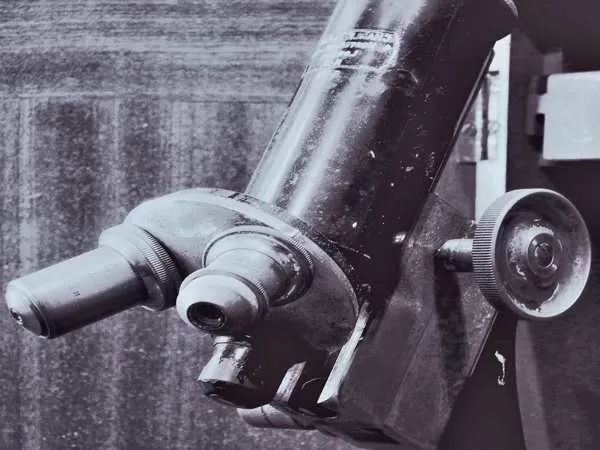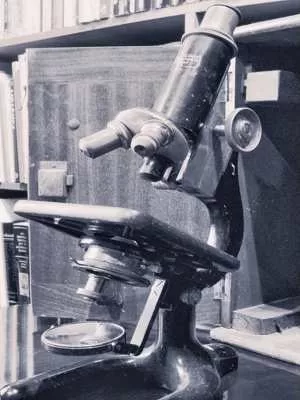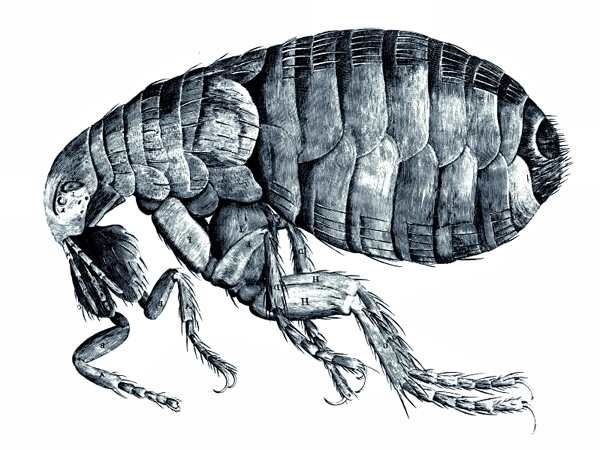Microscopes have transformed our understanding of the natural world, unveiling a universe invisible to the naked eye. An antique optical microscope recently acquired on eBay for £26.00 plus £13.00 shipping is more than a piece of history—it’s a symbol of centuries of scientific discovery. Despite its need for restoration, the microscope’s vintage charm reflects a long-standing quest for knowledge that has evolved over hundreds of years.
Invention of the Microscope: A Journey Through Time
Pinpointing the exact inventor of the microscope is a challenging task. Some credit the late 16th-century Dutch spectacle makers Hans and Zacharias Janssen with its creation. Meanwhile, others point to Galileo Galilei, who crafted an “occhiolino” (little eye) in the early 17th century. It wasn’t until 1625 that Giovanni Faber coined the term “microscope” to describe this remarkable tool.
Antonie van Leeuwenhoek, often hailed as the “Father of Microbiology,” stands out as a pivotal figure in early microscopy. A Dutch tradesman and scientist, Van Leeuwenhoek crafted tiny glass spheres that served as powerful lenses, allowing him to observe previously unseen microorganisms. Though self-taught, his discoveries were groundbreaking—Van Leeuwenhoek was the first to observe single-celled organisms, which he famously referred to as “animalcules.”

Van Leeuwenhoek’s early correspondence with the Royal Society in London was initially well received, but skepticism soon followed. His claims of seeing minuscule creatures seemed far-fetched to his contemporaries. To validate his findings, the Royal Society sent a delegation to Delft, confirming his observations. This vindication led to his election as a member of the Society. Over the next 50 years, Van Leeuwenhoek sent more than 500 letters to the Royal Society, detailing his many discoveries that laid the foundation for microbiology.
Robert Hooke: England’s Polymath and Microscopy Pioneer
Microscopy truly captivated the public’s imagination after the 1665 publication of Micrographia, a groundbreaking book by Robert Hooke. This scientific bestseller introduced the term “cell” in a biological context, inspired by the monk’s cells Hooke saw when examining plant tissues. The book’s detailed illustrations, including the famous engraving of a flea, fascinated readers and solidified microscopy’s place in scientific study.
Hooke, a brilliant and often underappreciated polymath, has been called “England’s Leonardo.” Born in 1635, he worked alongside some of the greatest minds of his era, including Robert Boyle, Christopher Wren, and Isaac Newton. His contributions spanned multiple fields—physics, architecture, and biology—making him a central figure in 17th-century science.

However, Hooke’s relationship with Newton was fraught with tension. It’s widely speculated that Newton’s famous quote, “If I have seen further, it is by standing on the shoulders of giants,” was a veiled jab at Hooke’s physical deformity. Their rivalry ran deep, and after becoming President of the Royal Society, Newton allegedly destroyed Hooke’s portrait and obscured many of his papers, tarnishing Hooke’s legacy.
Despite this animosity, Hooke’s achievements speak volumes. As Surveyor to the City of London after the Great Fire of 1666, Hooke played a crucial role in rebuilding the city. He worked closely with Wren on designing iconic structures, including St Paul’s Cathedral, where Hooke’s innovative ideas influenced the construction of the famous dome.
The Legacy of Microscopy and Its Pioneers
From the early magnifying lenses of Van Leeuwenhoek to Hooke’s intricate observations in Micrographia, the history of microscopy is rich with innovation and discovery. These early instruments, whether carefully restored antiques or modern replicas, represent the relentless human curiosity that has driven scientific progress for centuries.
As we restore and preserve these historical artifacts, we not only honor the legacy of pioneers like Hooke and Van Leeuwenhoek but also inspire future generations to look closer, question more deeply, and continue exploring the hidden worlds that lie just beyond our sight.

